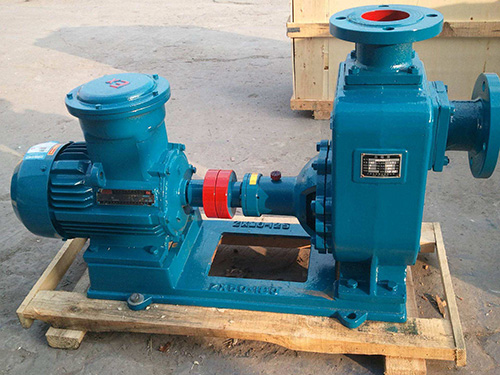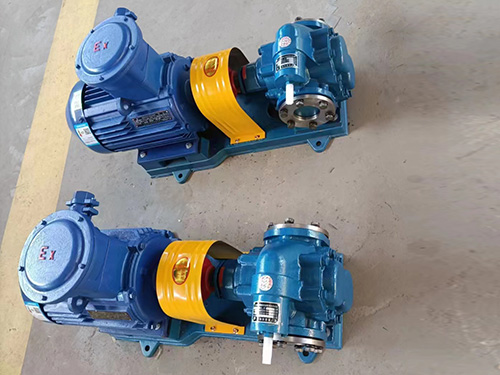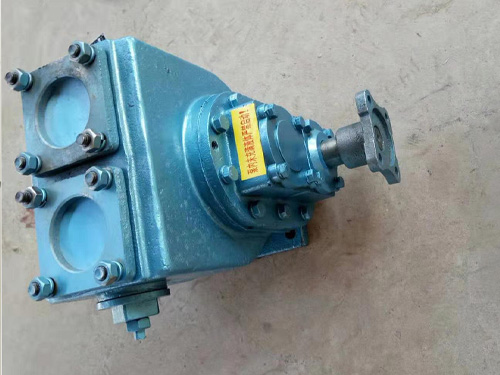Structural differences and uses of gear oil pumps and rotary pumps
2025-05-30 07:52:13
Gear oil pumps and rotary pumps are common positive displacement pumps, mainly used to transport viscous fluids (such as lubricating oil, hydraulic oil, fuel, etc.), but they have differences in structure and working principle, so their applicable scenarios are also different. Here is a detailed comparison between the two:
1. Structural differences:
Gear oil pump: a pair of meshing gears (external or internal gears, with gear tooth surfaces directly meshing and sealed by gear mesh clearance and housing clearance), with a simple structure and few parts
Rotary pump: rotor and stator (cam rotor, screw rotor, etc.), non toothed meshing between rotor and stator or between rotors, forming a closed cavity through the profile of rotor and stator. The structure of rotary pump is complex, and the design accuracy of profile is high
2. Differences in working principles
Gear oil pump:
When the gear rotates, a low-pressure chamber is formed on the separation side of the meshing teeth to suck in fluid, and the meshing side of the gear squeezes the fluid to the outlet. The flow rate is proportional to the speed, but there is pulsation in the gear oil pump.
Rotary pump:
The rotor (such as cam, screw) forms a closed cavity with the stator, and the volume of the cavity changes through the rotation of the rotor to suck in and discharge fluid. The flow rate of the rotary pump is smoother and the pulsation is smaller.
4. Main purpose
Gear oil pump:
Typical applications: engine lubrication system, hydraulic power unit, fuel delivery.
Advantages: Low cost, pollution resistance, suitable for mass use.
Rotary pump:
Typical applications:
Cam rotor pump: food and chemical industry (such as conveying lotion and syrup).
Screw pump: for oil and ships (transporting high viscosity oil or gas containing fluids).
Cycloid rotor pump: precision machinery (such as machine tool hydraulic systems).
Advantages: High pressure, low pulsation, suitable for sensitive media.
5. Selection suggestions
Choose gear oil pump: limited budget, clean medium, medium and low pressure scenarios.
Choosing a rotary pump: requires high pressure, low noise, high viscosity, or media containing particles (such as asphalt, paint).
summarize
The core difference between gear oil pump and rotary pump lies in the sealing method and fluid delivery characteristics. Gear pumps have a simple structure but high pulsation, while rotor pumps are more complex but have wide adaptability. Actual selection requires comprehensive consideration of pressure, medium characteristics, and cost.

The YHCB high flow pump has the characteristics of large flow rate, high head, small settli...

The CYZ centrifugal pump adopts an axial return liquid pump body structure, which is compos...

Copper gear pump (KCB type) is suitable for conveying lubricating oil or other liquids with...

The car mounted circular arc gear pump can be installed on the car and driven by the output...



